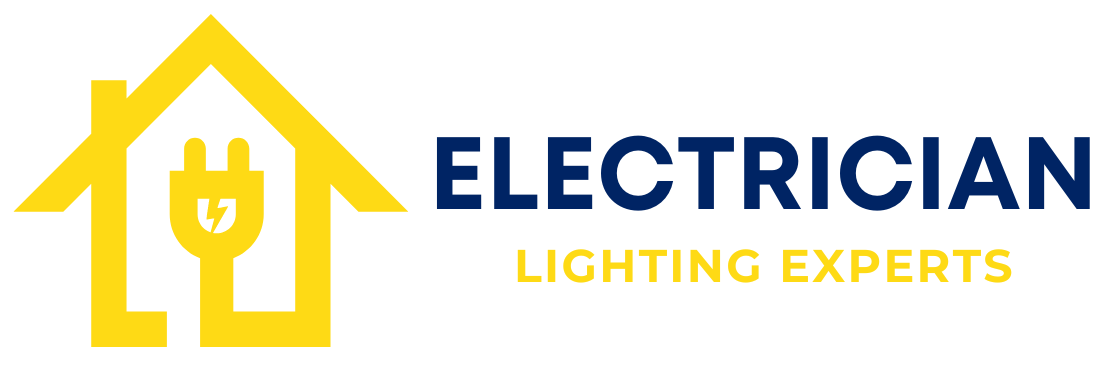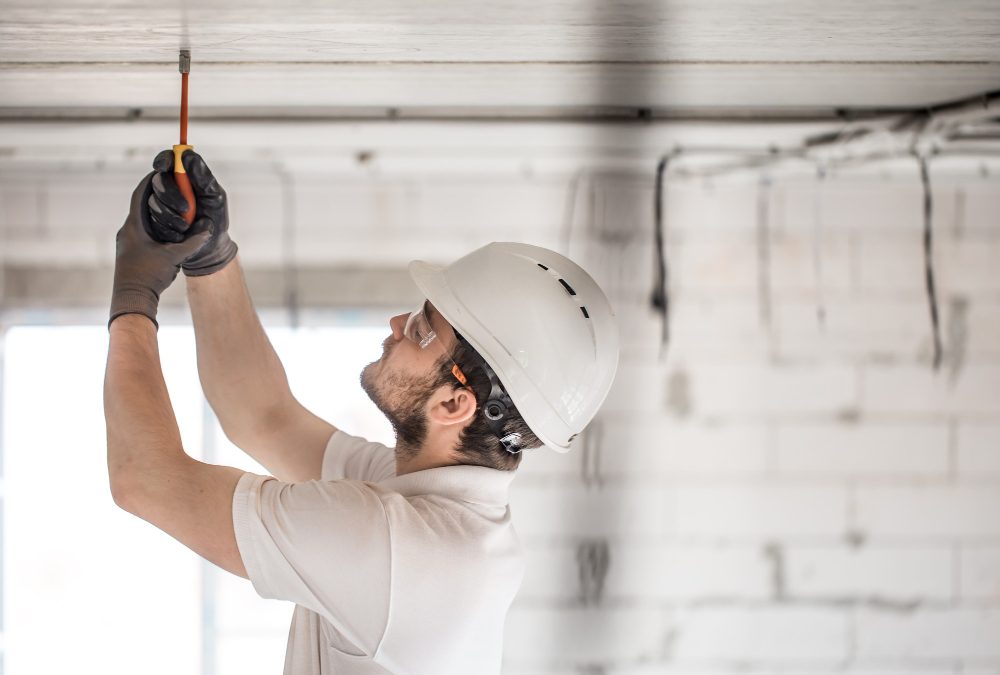Introduction
Lighting installation is more than just placing fixtures in a space; it requires careful planning to ensure safety, efficiency, and aesthetics. Whether for a home, office, or outdoor area, various factors such as electrical safety, lighting purpose, fixture selection, and energy efficiency must be taken into account. Proper installation enhances functionality while also contributing to the ambiance and overall design of the space.
1. Electrical Safety
Proper wiring is essential for any lighting installation. It’s important to ensure all wiring follows local electrical codes and, if necessary, is installed by a licensed professional. Additionally, checking the circuit load capacity is crucial to prevent overloading the electrical system, which can lead to power failures or hazards. Grounding and insulation are also key factors in electrical safety—wires should be properly insulated, and grounding must be in place to reduce the risk of electric shocks or short circuits. For outdoor or wet area installations, waterproof fixtures and enclosures are necessary to protect against moisture-related damage and electrical hazards.
2. Lighting Purpose & Placement
Choosing the right lighting for each space ensures functionality and aesthetics. Task lighting is designed to provide bright, focused illumination in work areas such as kitchen counters, study desks, or reading spaces, making tasks easier and reducing eye strain. Ambient lighting serves as the primary light source in a room, creating a comfortable and well-lit environment. Accent lighting is used to highlight specific elements like artwork, architectural features, or decorative items, adding depth and character to a space. Outdoor and security lighting plays a critical role in safety and visibility, often incorporating motion sensors or floodlights to deter intruders and improve navigation at night.
3. Fixture Selection
The type of lighting fixture chosen can impact both efficiency and aesthetics. The selection of bulbs is an important consideration, with LED bulbs being the most energy-efficient and long-lasting, while incandescent and halogen bulbs provide a warmer glow but consume more energy. The size and style of the fixture should also complement the design of the space, ensuring a cohesive look. Additionally, dimmable lights can be a valuable feature, allowing users to adjust brightness levels to match different moods and settings.
4. Energy Efficiency & Cost
Energy consumption and cost-effectiveness should always be factored into lighting decisions. LED bulbs are the most energy-efficient option, consuming less power and having a longer lifespan compared to CFL and incandescent bulbs. Smart lighting solutions, such as automated or motion-sensor lights, further enhance energy savings by ensuring lights are only on when needed. Strategic placement of fixtures can also improve efficiency, reducing the need for excessive lighting and lowering electricity costs in the long run.
5. Heat Dissipation & Ventilation
Some lighting fixtures, particularly recessed or enclosed lights, generate heat during operation. Without proper ventilation, this heat can build up and shorten the lifespan of bulbs or pose a fire hazard. Ensuring that there is adequate airflow around the fixtures, especially in ceilings or enclosed areas, helps prevent overheating and maintains the longevity of the lighting system.
6. Local Building Codes & Permits
Before installing new lighting, it is essential to check local building codes and regulations to ensure compliance. Major electrical installations may require permits, particularly if they involve structural modifications or significant wiring work. Following these guidelines helps prevent legal issues and ensures the safety of the installation. Consulting with an electrician or local authorities can provide clarity on any necessary approvals before starting the project.
Conclusion
A well-planned lighting installation not only improves visibility and ambiance but also enhances safety and energy efficiency. By considering factors such as proper wiring, suitable lighting placement, and fixture selection, you can create a comfortable and functional environment. Additionally, adhering to local building codes ensures compliance and prevents potential hazards. Whether for residential or commercial spaces, thoughtful lighting design plays a crucial role in both aesthetics and practicality.

